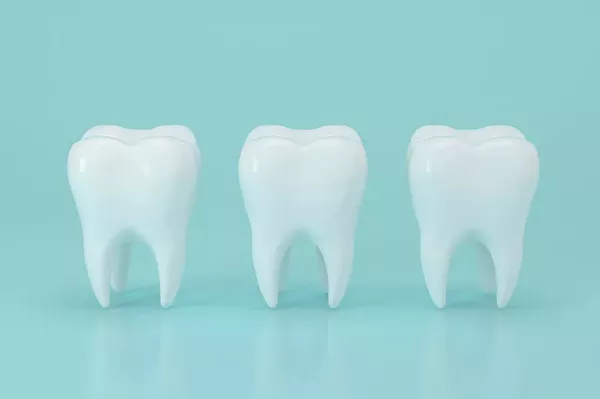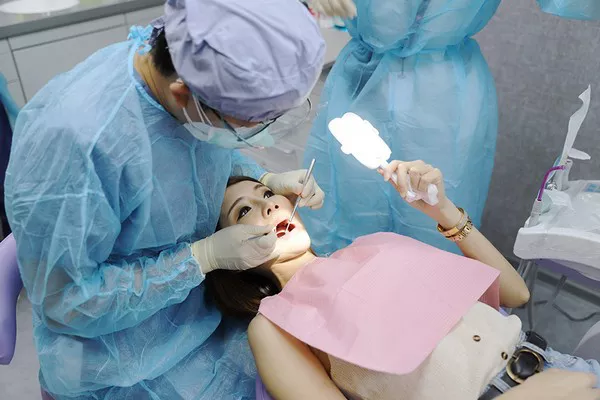In today’s image-conscious society, a bright, white smile is often associated with good oral hygiene and overall health. However, many individuals struggle with yellow teeth due to various factors such as genetics, lifestyle choices, and aging. If you’re one of those looking to enhance the whiteness of your teeth, you’re in the right place. In this article, we’ll explore effective strategies on how to change yellow teeth to white teeth, providing you with a comprehensive guide to achieve a brighter and more confident smile.
1. Understanding the Causes of Yellow Teeth
Before diving into teeth whitening methods, it’s crucial to understand the underlying causes of yellow teeth. Yellowing can result from extrinsic factors like consuming dark-colored beverages, smoking, or inadequate oral hygiene. On the other hand, intrinsic factors such as genetics, medications, and aging can also contribute to tooth discoloration.
1.1 Extrinsic Factors: Lifestyle Changes for Whiter Teeth
To combat extrinsic stains, consider making lifestyle changes. Reduce the consumption of staining agents like coffee, tea, and red wine. Quitting smoking is not only beneficial for your overall health but can significantly improve the color of your teeth. Additionally, maintaining a consistent oral hygiene routine, including regular brushing and flossing, is essential for preventing and reducing surface stains.
1.2 Intrinsic Factors: Seeking Professional Guidance
If your yellow teeth are primarily a result of intrinsic factors, it’s advisable to consult with a dental professional. They can assess your specific situation and recommend appropriate treatments, such as professional teeth whitening procedures or cosmetic interventions like veneers. Understanding the root cause is key to developing an effective strategy for achieving whiter teeth.
2. DIY Teeth Whitening Methods
For those who prefer a more hands-on approach, there are several do-it-yourself (DIY) teeth whitening methods that can be effective when used correctly.
2.1 Baking Soda and Hydrogen Peroxide Paste
Create a paste using baking soda and hydrogen peroxide. Baking soda’s mild abrasiveness helps remove surface stains, while hydrogen peroxide acts as a bleaching agent. Gently brush your teeth with this mixture for 2 minutes, then rinse thoroughly. Use this method sparingly, as excessive use may damage tooth enamel.
2.2 Oil Pulling with Coconut Oil
Oil pulling involves swishing oil around in your mouth to remove bacteria and stains. Coconut oil, known for its antibacterial properties, is a popular choice. Swish a tablespoon of coconut oil in your mouth for 15–20 minutes, then spit it out and rinse. Incorporate this practice into your daily routine for gradual teeth whitening.
2.3 Strawberries and Baking Soda Scrub
Strawberries contain malic acid, which can help remove surface stains. Mash a ripe strawberry and mix it with baking soda to form a scrub. Gently apply the mixture to your teeth, leave it on for 5 minutes, and then brush and rinse. This natural remedy can be used occasionally to maintain whiter teeth.
3. Over-the-Counter Whitening Products
The market is flooded with various over-the-counter (OTC) teeth whitening products, ranging from whitening toothpaste to whitening strips and gels.
3.1 Whitening Toothpaste with Active Ingredients
Choose a toothpaste that specifically targets teeth whitening and contains active ingredients such as hydrogen peroxide or baking soda. Use it consistently to gradually lift surface stains and maintain a brighter smile.
3.2 Whitening Strips for Convenience
Whitening strips are adhesive strips coated with a peroxide-based gel. They offer a convenient and effective way to whiten teeth at home. Follow the recommended usage instructions for optimal results, and be patient, as it may take a few weeks to see significant improvements.
3.3 Professional-grade Whitening Kits
Some brands offer professional-grade whitening kits for home use. These kits often include custom-fitted trays and a higher concentration of whitening gel. While more expensive than OTC options, they can provide more noticeable results.
4. Maintaining White Teeth for the Long Term
Achieving white teeth is one thing; maintaining them is another. Incorporate these habits into your daily routine to preserve your newly brightened smile.
4.1 Regular Dental Check-ups and Cleanings
Schedule regular dental check-ups and cleanings to ensure optimal oral health. Professional cleanings help remove surface stains and prevent the buildup of tartar, contributing to a whiter smile.
4.2 Adopting a Teeth-friendly Diet
Consume a teeth-friendly diet rich in crunchy fruits and vegetables like apples and celery, which can help naturally clean and whiten teeth. Avoid excessive consumption of acidic and staining foods to prevent new discoloration.
4.3 Hydration with Water
Drink water throughout the day to keep your mouth hydrated and flush away food particles. Water also helps neutralize acids that can erode enamel and contribute to tooth discoloration.
In conclusion, transforming yellow teeth to white teeth is a gradual process that requires a combination of lifestyle changes, DIY remedies, and possibly OTC products or professional interventions. Understanding the causes of yellow teeth and adopting a comprehensive approach will empower you to achieve and maintain a brighter, more confident smile. Remember to consult with a dental professional for personalized advice based on your specific situation.
Related Links:
How to improve bad breath through internal adjustment?
Will yellowed teeth cause odor?
How to Remove Yellow Stains from Teeth: A Comprehensive Guide






























